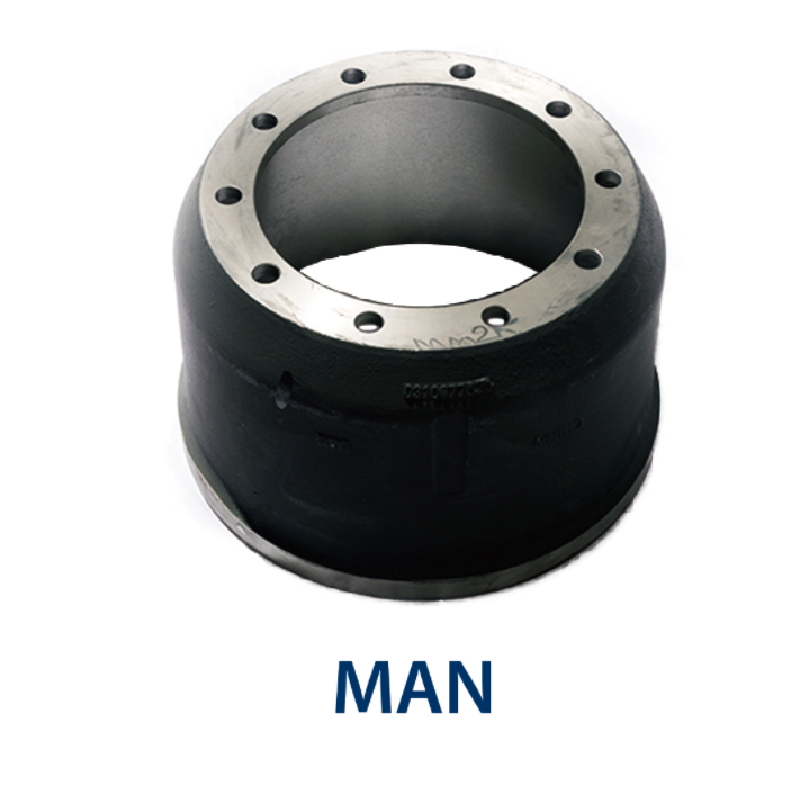Oct . 09, 2024 02:23 Back to list
Understanding the Function and Design of Crane Brake Drums for Safety and Efficiency
Understanding the Crane Brake Drum A Crucial Component in Heavy Lifting Operations
In the world of heavy machinery, safety and precision are paramount. Among the various components that contribute to the efficient and safe operation of cranes, the brake drum stands out as a crucial element. The crane brake drum plays a vital role in ensuring that these massive machines can maneuver loads safely and effectively. This article delves into the function, design, maintenance, and significance of crane brake drums in heavy lifting operations.
Function of the Brake Drum
The primary function of a brake drum is to provide a mechanism for slowing down or stopping the crane's movement. When a crane is lifting heavy loads, it is essential to have precise control over descent speed and positioning. The brake drum works in conjunction with brake shoes, which are activated by hydraulic or mechanical means to grip the drum’s surface. This interaction generates friction that slows the rotation of the drum, subsequently halting the crane's movement. This process is critical in preventing accidents and ensuring the loads are secured during lifting operations.
Design Considerations
The design of a crane brake drum is a complex engineering challenge that takes into account factors such as the weight of the loads, the speed of operation, and environmental conditions. Brake drums are typically crafted from high-strength materials that can withstand significant wear and tear. Common materials include cast iron and high-grade steel, which can endure the high temperatures generated by friction during braking.
The size and diameter of the brake drum are also crucial. A larger drum provides a greater surface area for the brake shoes to grip, allowing for more effective deceleration. Additionally, the design must facilitate heat dissipation to prevent overheating, which could compromise the brake system's integrity.
Maintenance and Inspection
crane brake drum

Regular maintenance of the brake drum is critical for ensuring the safety and efficiency of crane operations. Operators must perform frequent inspections to identify signs of wear, such as cracks, scoring, or deformation on the drum's surface. Any irregularities can lead to brake failure, resulting in disastrous consequences during lifting operations.
Additionally, the brake shoes must be monitored for material wear, as they are subject to constant friction against the drum. Proper lubrication and adjustments are required to maintain optimal performance. Operators should adhere to manufacturers’ guidelines and recommended inspection schedules to ensure the longevity and reliability of the brake system.
Significance in Crane Operations
The importance of a well-functioning brake drum cannot be overstated. In heavy lifting operations, where enormous weights are moved, a malfunctioning brake can lead to catastrophic accidents, threatening both personnel and property. A reliable brake drum enhances the overall performance of the crane, allowing for smoother operations and the ability to handle more substantial loads safely.
Moreover, with advancing technology, modern cranes are increasingly equipped with sophisticated brake systems that incorporate sensors and automatic adjustments, ensuring peak performance under varying operational conditions. This innovation not only improves safety but also enhances efficiency, allowing for quicker job completion times.
Conclusion
In conclusion, crane brake drums are vital components that ensure the safe operation of cranes in heavy lifting scenarios. Understanding their function, design, and maintenance is crucial for operators and engineers alike. As technology continues to evolve, the emphasis on safety and efficiency in crane operations will only increase, further highlighting the significance of the brake drum in this industry. Proper care and knowledge about this essential component can lead to safer work environments and more successful lifting operations.
-
ROR Web Development: Build Fast, Scalable, Secure Apps
NewsAug.17,2025
-
Scania Brake Drums: OEM Quality for Optimal Safety & Durability
NewsAug.16,2025
-
R.V.I: Advanced Remote Visual Inspection for Precision
NewsAug.15,2025
-
Discover HYUNDA: Innovative Vehicles, Equipment & Solutions
NewsAug.14,2025
-
R.V.I: Unlock Advanced Insights & Real-time Performance
NewsAug.13,2025
-
Kamaz Brake Drum: Durable & Reliable for Heavy Duty Trucks
NewsAug.12,2025
